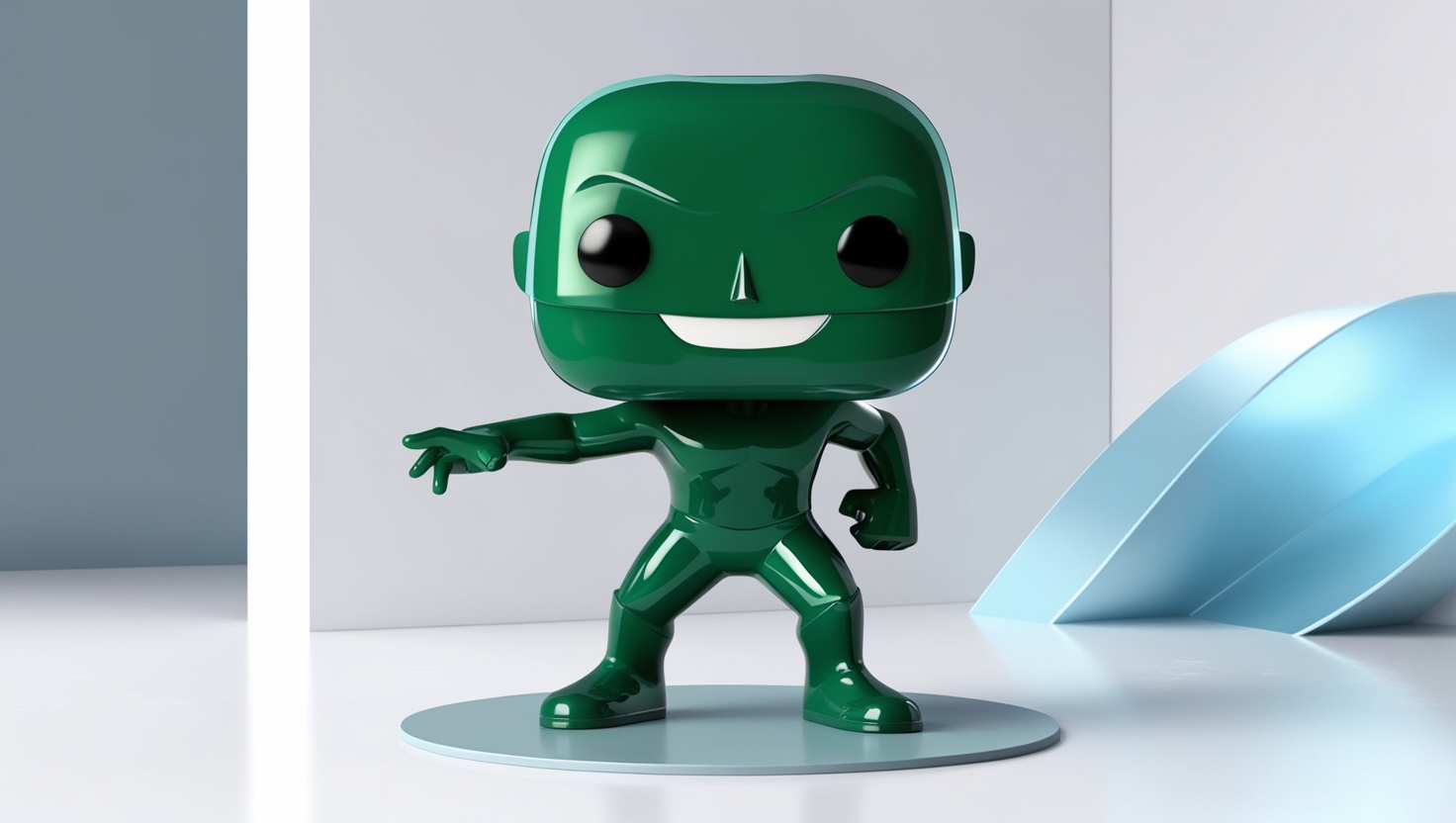Diving into the world of web design can feel like unlocking a realm where creativity meets technical precision. But with so many resources out there, it’s easy to get overwhelmed by tutorials, courses, and forums. What if there was a more thoughtful, timeless approach to mastering web design? Books, often overlooked in the fast-paced tech world, offer a structured way to gain deep, foundational knowledge that you can build upon for years. Whether you’re a complete beginner or a designer looking to refine your craft, the right books can guide you through the journey of understanding the principles, techniques, and nuances of web design.
The Best Books to Help You Build Web Design Skills
“Don’t Make Me Think” by Steve Krug
This is a staple for anyone entering the field of web design. Steve Krug’s approach to user experience (UX) focuses on simplicity, clarity, and intuitive design. The book is filled with practical insights on how to make websites more user-friendly, offering examples and tips that are easy to understand and implement. It’s a short read, but it packs a powerful punch.
“HTML & CSS: Design and Build Websites” by Jon Duckett
For beginners, this book is an excellent starting point. Jon Duckett’s visually engaging guide simplifies HTML and CSS, two foundational languages for web design. The book is beautifully designed with color-coded code snippets and illustrations that help demystify the basics, making it both informative and enjoyable to read.
“JavaScript and JQuery: Interactive Front-End Web Development” by Jon Duckett
This companion to Duckett’s HTML & CSS book dives into JavaScript, one of the essential languages for creating interactive websites. By breaking down complex concepts into easy-to-follow sections, Duckett ensures that even those with no programming background can get a handle on how to make their websites dynamic and engaging.
“Responsive Web Design” by Ethan Marcotte
Ethan Marcotte’s book is widely credited with pioneering the concept of responsive web design, a must-have skill in today’s multi-device world. This book will teach you how to create websites that look great on any screen size, from smartphones to desktop monitors, ensuring a seamless experience for all users.
“The Principles of Beautiful Web Design” by Jason Beaird
Designing a website is more than just writing code. This book teaches the principles of aesthetic design—how to use color, texture, imagery, typography, and layout to create visually appealing websites. With clear explanations and examples, Jason Beaird shows how to design with both beauty and functionality in mind.
“Designing with Web Standards” by Jeffrey Zeldman
For those looking to design sites that follow best practices and are accessible to everyone, Zeldman’s book is a must-read. It covers the importance of web standards, focusing on semantic HTML, CSS, and how to design for long-term scalability. It’s an excellent guide for anyone who wants to ensure their websites are both modern and future-proof.
“Learning Web Design” by Jennifer Niederst Robbins
This all-in-one book covers everything from the very basics of HTML, CSS, and JavaScript to more advanced topics like web graphics and multimedia. Robbins’ teaching style is approachable, with plenty of exercises and examples that allow you to practice and absorb the material. If you’re new to web design, this book is a perfect guide to take you from novice to confident designer.
Conclusion
In a world full of online tutorials and fast-tracked learning, books offer a unique advantage: they teach you not just the how, but the why behind web design. By diving into the works of seasoned experts, you’ll gain a deeper understanding of the craft and develop skills that stand the test of time. These books are more than just references—they are your roadmap to mastering web design the right way, one page at a time.








